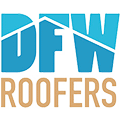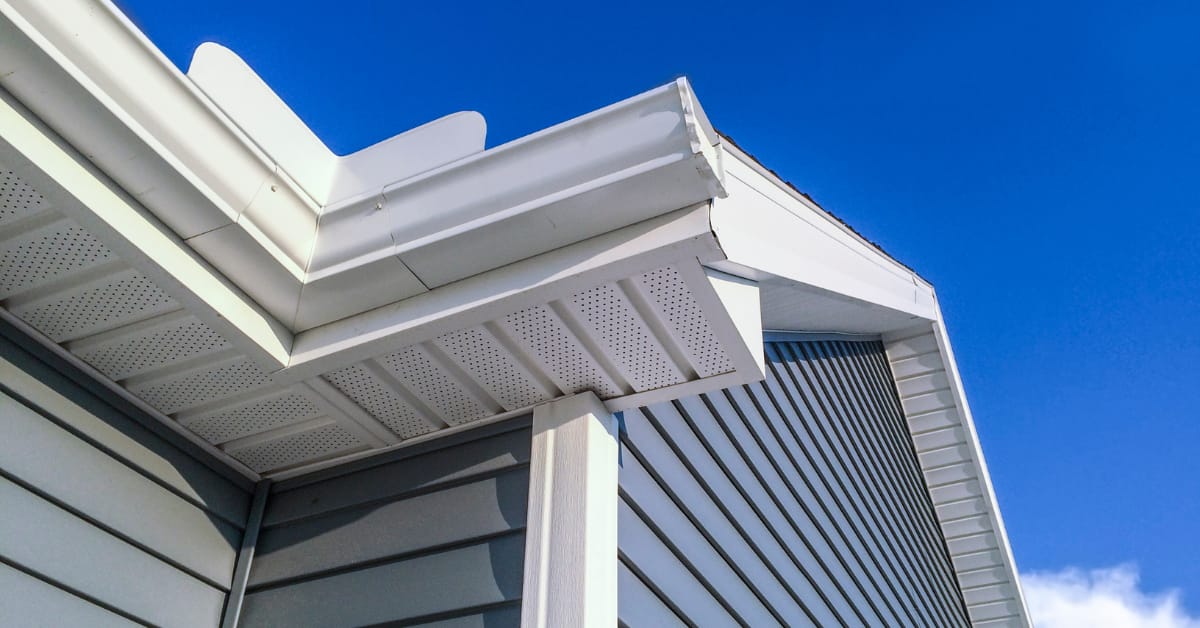The Big Takeaway:
-
Metal and fiber cement siding have the longest lifespan and can handle heat, storms, and pests, but they cost quite a bit more than vinyl or wood siding.
-
While metal siding is top-of-the-line, for homeowners with tighter budgets, fiber cement strikes a good balance between cost and durability, and can even emulate the look of other materials like wood or wood-based products like chipboard and masonite.
-
Vinyl siding is cheaper but less durable and requires some upkeep. And while wood looks great on historic homes, it demands frequent maintenance.
Make no mistake: Texas weather isn’t kind to home exteriors. Somewhere between the blistering heat, sudden cold snaps, hailstorms, downpours, and windstorms, siding in the Lone Star State takes a beating. That’s why your choice of siding can’t just be about looks or cost. It also must factor in longevity, durability, and upkeep.
That’s what we’ll focus on in our new series on the best siding for Texas homes. We’ll break down the most common siding options available, compare how they perform under Texas conditions, and give you a clear sense of what to expect in terms of pricing, maintenance, and long-term value.
Why Siding Choice Matters More in Texas
Unlike more temperate climates, Texas homes face wide temperature swings, intense sunlight, and plenty of moisture threats that can warp, crack, or rot less durable siding materials. Impacts from hail and debris from wind pose an additional threat. That’s why choosing the best siding is so important: without constant maintenance, small damage opens the way for deeper structural issues down the road.
Common siding damage includes:
- Warping or buckling panels
- Cracks or holes
- Peeling paint or discoloration
- Soft or damp areas
- Pest damage (especially on wood)
Fiber Cement Siding
The Big Takeaway: Fiber cement siding balances durability and curb appeal at a modest cost. It’ll hold up against the elements better than vinyl and wood, and it costs a bit less than metal siding.
Fiber cement siding (like James Hardie’s “HardiePlank,” which we often use) is a composite of sand, cement, and cellulose fibers. That makes it resistant to fire, pests, rot, and even warping in high heat and humidity. It’s also one of the more storm-resilient materials out there. While it isn’t quite as tough as metal, its affordability makes it one of the best siding options out there.
Fiber cement siding is great for its:
- Resilience to harsh UV exposure
- Not just heat- and fire-resistance, but being noncombustible
- Mold, rot, and insect resistance
- Low upkeep costs due to few maintenance requirements
- Expands and contracts less than wood, so paint lasts longer
- Ability to mimic natural materials like wood
But it’s also:
- A bit more expensive upfront than vinyl
- Not as durable or long-lasting as metal siding
Metal Siding
The Big Takeaway: Metal siding is more expensive than wood, vinyl, and even fiber cement, but it’s also more resilient and long-lasting. When it comes to sleek modern looks and extreme durability, there’s no better choice. Its high cost is partially offset by low long-term maintenance.
Metal siding (especially products like Berridge’s metal panels) is starting to gain ground in Texas. While it’s an expensive material, it stands up very well to heat and wind and is resistant to fire, mold, and pests. Metal siding is also especially good at reflecting sunlight, which helps keep cooling bills in check.
Metal siding is great at:
-
Standing up to harsh UV exposure
-
Excellent heat and fire resistance
-
Low upkeep costs due to few maintenance requirements
-
Mold, rot, and insect resistance
-
Ability to mimic natural materials like wood
-
Very long lifespan
But it’s also:
-
Slightly limited aesthetically, with its sleek industrial or modern look
-
More expensive than other types of siding
Vinyl Siding
The Big Takeaway: Vinyl siding strikes a pretty good balance between cost and passable protection. But it definitely isn’t as resilient as fiber cement or metal siding. Its low upfront cost is a bit misleading due to its upkeep requirements.
Vinyl siding is a very popular budget-friendly option, but its performance in extreme climates is well worth consideration. It’s lightweight and easy to install, but it can warp in extreme heat and crack in cold snaps, both common in parts of Texas. It’s also susceptible to impact damage from hail. We actually don’t install vinyl siding because it just doesn’t hold up to the elements.
Vinyl siding is great at:
-
Low upfront cost and quick installation
-
Wide color and texture range
-
Mold and rot-resistant
But it’s also:
-
Not a great fit for Texas weather
-
Prone to fade or warp in high-heat zones
-
Not impact-resistant (hail and debris can cause damage)
-
Shorter lifespan than metal or fiber cement
-
Sometimes, it cannot be painted without warping
-
Requires ongoing maintenance
Wood Siding
The Big Takeaway: While there’s nothing quite like real wood siding, it doesn’t hold up well in tough Texas weather and requires frequent maintenance. Because of this, its low cost is a bit misleading.
While many Texas homes still feature wood siding, it’s become less common as homeowners prioritize durability. Wood may have a warm and inviting aesthetic, but it also requires frequent maintenance to protect against rot, warping, and termites. It also isn’t good at withstanding fires. There are also wood-based siding options, like chipboard and masonite, which are primarily used by cost-conscious builders.
Wood siding is great at:
-
Timeless, natural beauty
-
Possibly low upfront cost (some types of wood are expensive)
But it’s also:
-
Vulnerable to pests and moisture damage
-
Needs regular sealing, repainting, and replacing
-
Not fire resistant
We’re Here to Help
Need more information about home siding in Texas? If you have any questions or need assistance with damage, contact DFW Roofers at (469) 751-4018 or schedule an appointment through our online appointment form.


